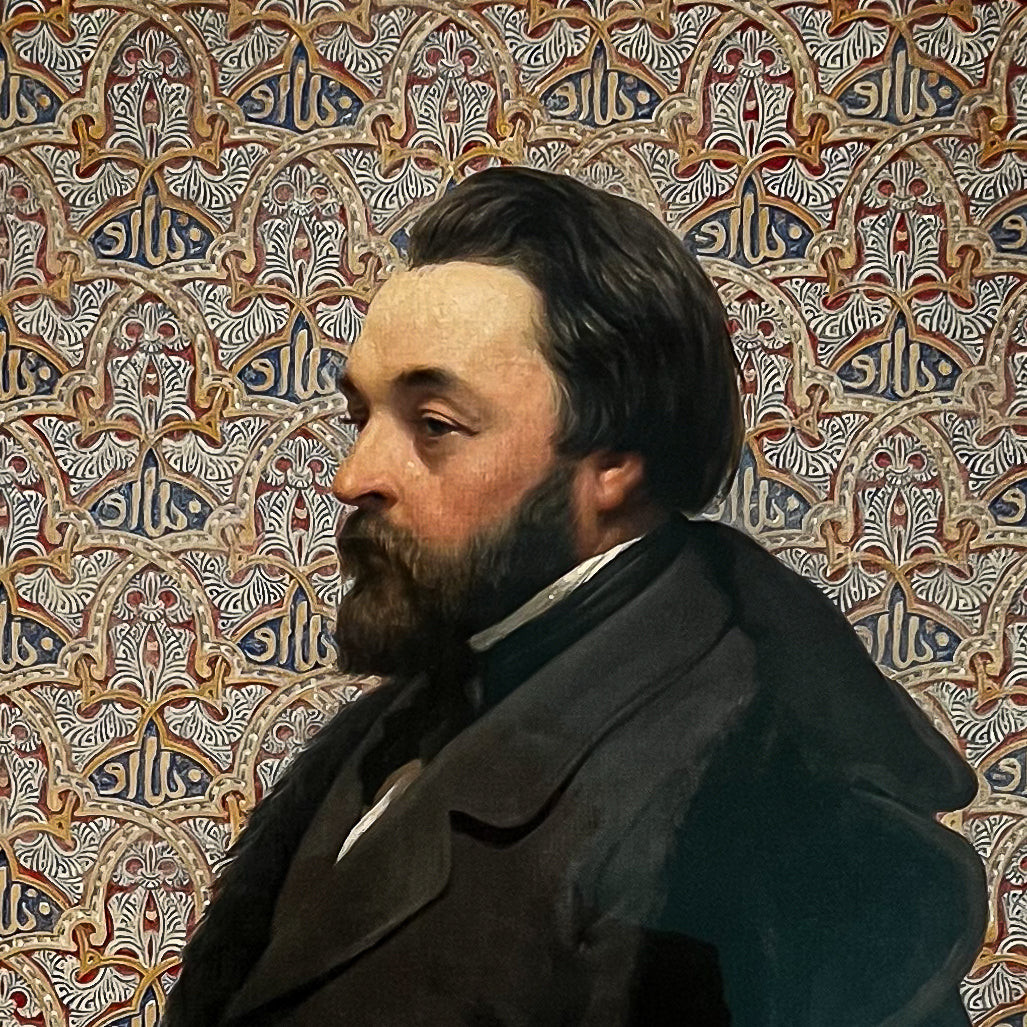
Colour Revolution
A week ago I visited the Ashmolean Museum in Oxford to view the exhibition Colour Revolution. The exhibition focusses on the 19th century with the aim of “dispelling our monochrome ideas of Victorian Britain”.
Having long been fascinated with the Pre-Raphaelites and the use of colour in their paintings, it had never occurred to me that the Victorian era lacked colour. That the lives of the masses - particularly those crammed into city slums - was monochrome and filthy is hardly surprising, but the same would be true about the poor in any period of history.

Mariana by John Everett Millais (1851)
Nor could one assume that the Pre-Raphaelites were the first to use colour in their paintings. They did, however, use more intense colour and immense detail in their work to such striking effect that their art was a major shift from what had been produced in previous eras. The leading British artists of the 18th century - Gainsborough, Reynolds and Wright, to name but three - of course used colour extensively, albeit in more muted and subtle tones.
So where was the Colour Revolution?
A number of developments earlier in the 19th century changed the way in which colour was perceived and used.
In 1812 the Scottish painter Patrick Syme published a practical guide to the identification of colour shades based on the work of Prussian geologist Abraham Gottlob Werner. Werner’s work, in conjunction with the Scottish naturalist Robert Jameson, sought to introduce a standard description and reference for the various shades of colours found in the natural world. The names are in themselves poetic: Velvet Black, Wax Yellow, Flax Flower Blue, Berlin Blue to name a few. This development gave impetus to a greater understanding of the variety of colours found in the natural world and would act as a starting point for the development of commercially available paints and dyes.

Extract from Werner’s Nomenclature of Colour
In a similar manner, prior to the 19th century, artists would create their own pigments from natural materials which was a laborious process of trial and error. However, artists paints became commercially available from the late 18th century (George Rowney) and by Windsor and Newton established in 1832.
However, the real revolution was a scientific breakthrough in 1856 when William Henry Perkins developed the first aniline dye as a by product of coal tar. This colour became known as Mauveine or, more formally, as aniline purple. Prior to this breakthrough dyes had to be imported mainly from the Far East which made them expensive and therefore only affordable by the wealthiest in society.
After the development of Mauveine, other colours followed very quickly and with it a whole new dye industry which reduced the costs of producing exotic colours in the fashion industry, thereby making colourful clothes available to the many rather than the few.
It was this single development that caused colour to explode in the middle of the 19th century and this was illustrated in the exhibition with a number of costumes and shoes of the period.

Shoes-mid Victorian illustrating the use of aniline dyes
Whilst the exhibition referenced this development with books of dye samples, stockings and a few dresses, insufficient space was given to this part of the revolution in colour. I feel that the story of the development of synthetic dyes should have been the starting point for the exhibition before going on to explore how this discovery influenced artists and designers as well as every day life in the second half of the 19th century.
In the end the exhibition felt disappointing - not because the exhibits were not exquisite, but the story as to how and why colour exploded was not as central to the exhibition as I had perhaps expected. This was a pity as there must be so much more to say about colour and how it changed the lives of people.

Leaving the museum and walking back to the car, the streets of Oxford were busy and I was left with a feeling that we seem to have returned to a period before the Colour Revolution. Everyone was dressed in the drab, shapeless, unisex 21st century uniform of jeans, fleeces, hoodies and beanie hats. Dull, dreary and uninspiring, the street scene resembled something closer to a Lowry painting rather than a vibrant Hunt or Rossetti masterpiece. Perhaps the revolution is over.

Portrait of Owen Jones by Henry Wyndham Phillips (1856)









